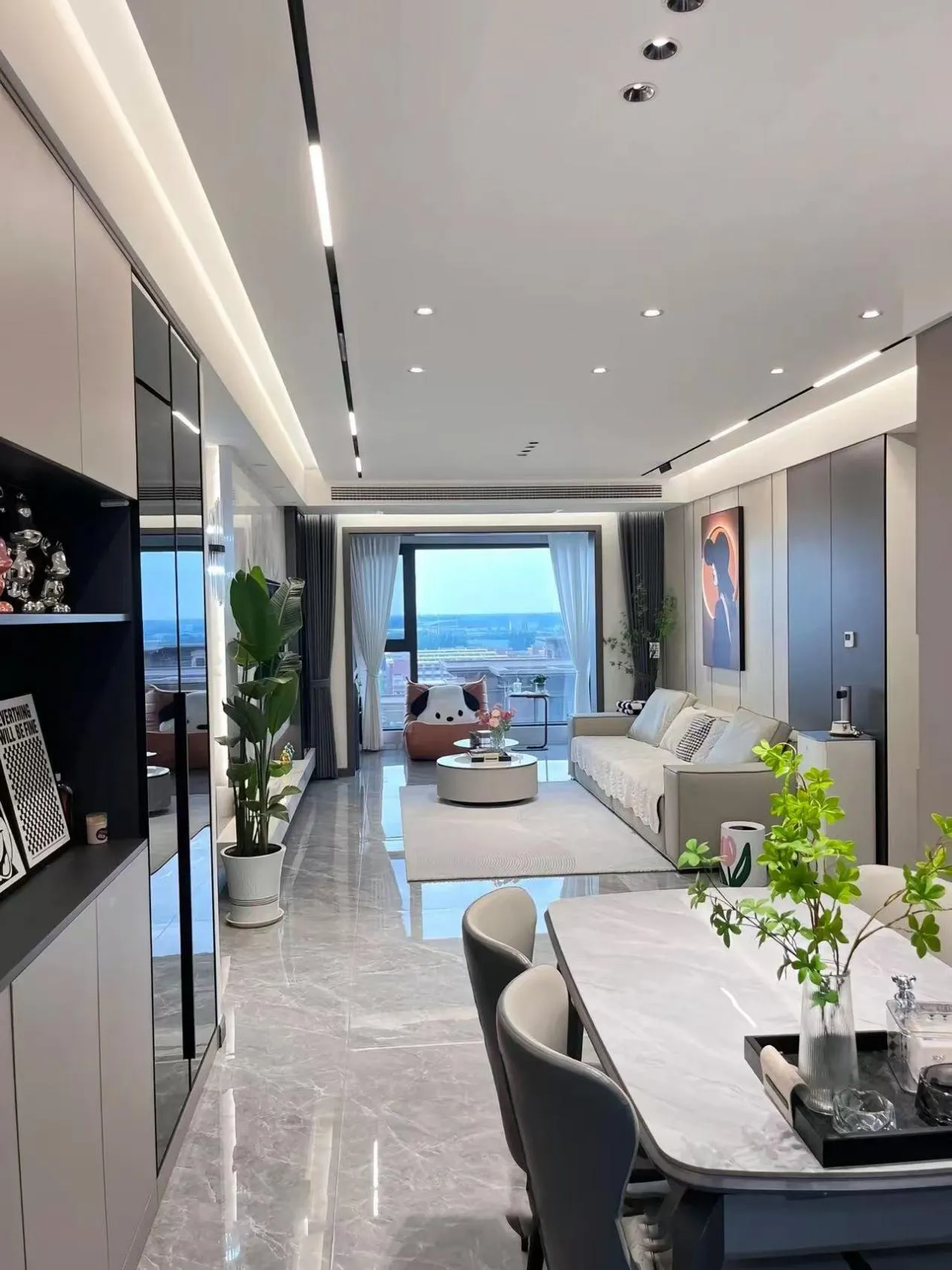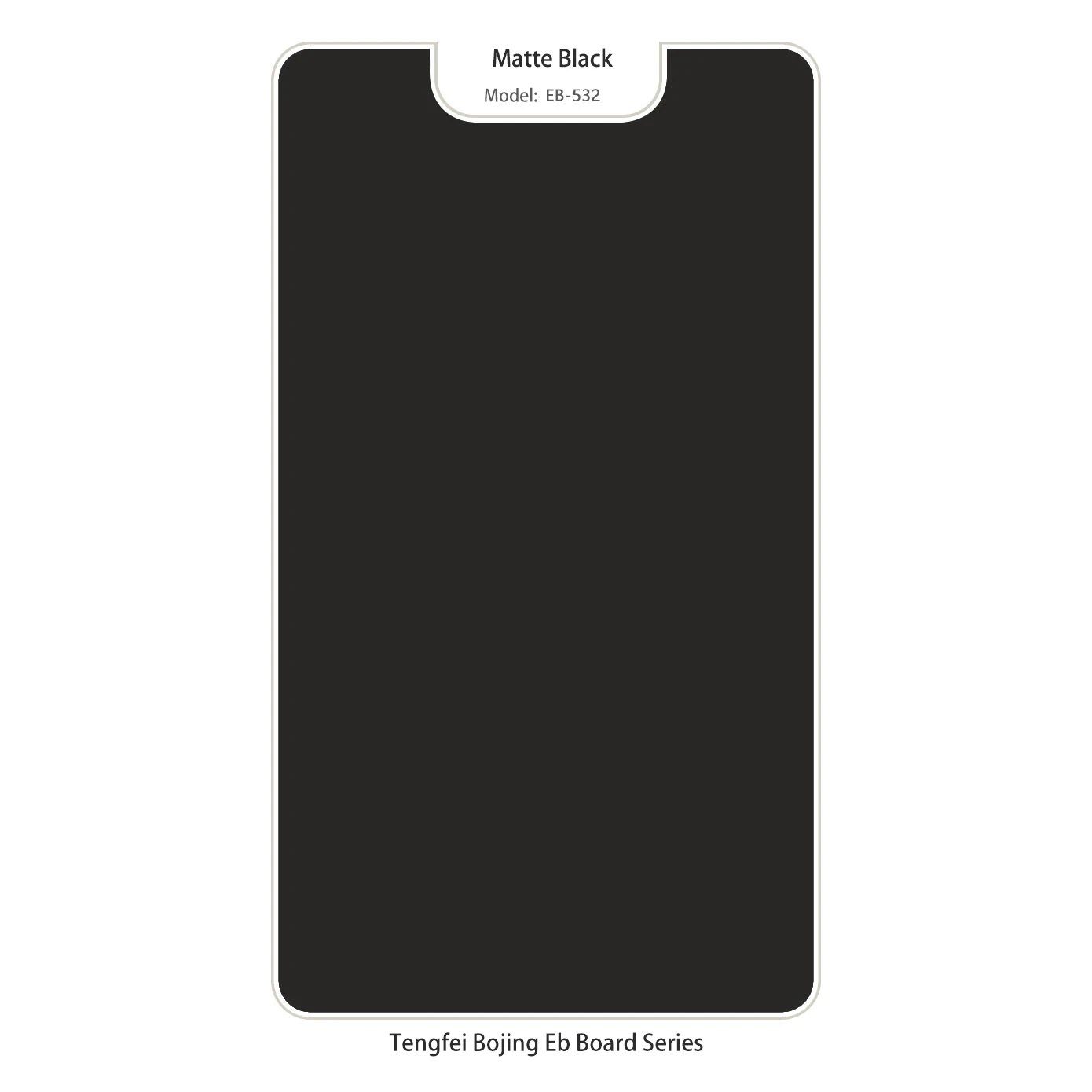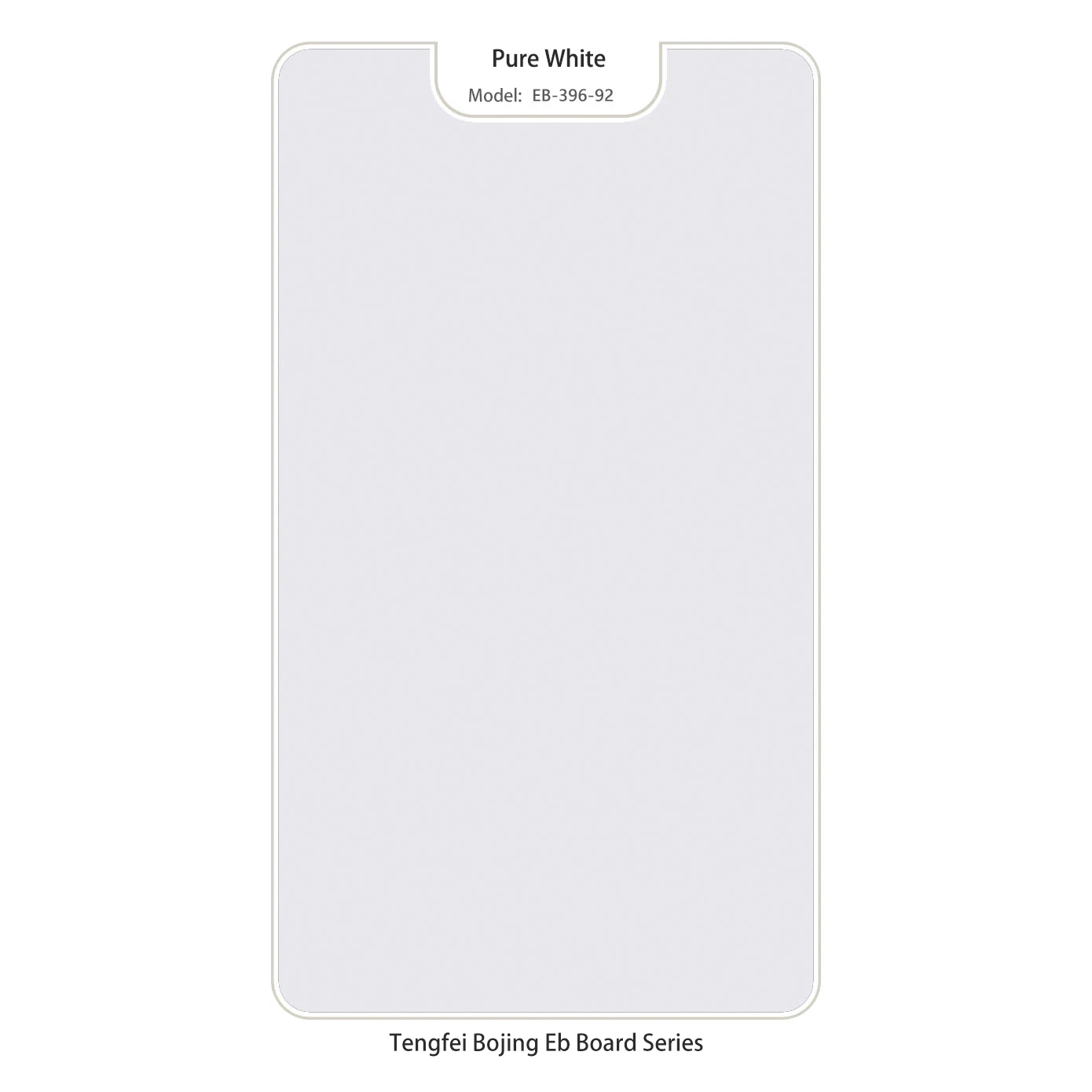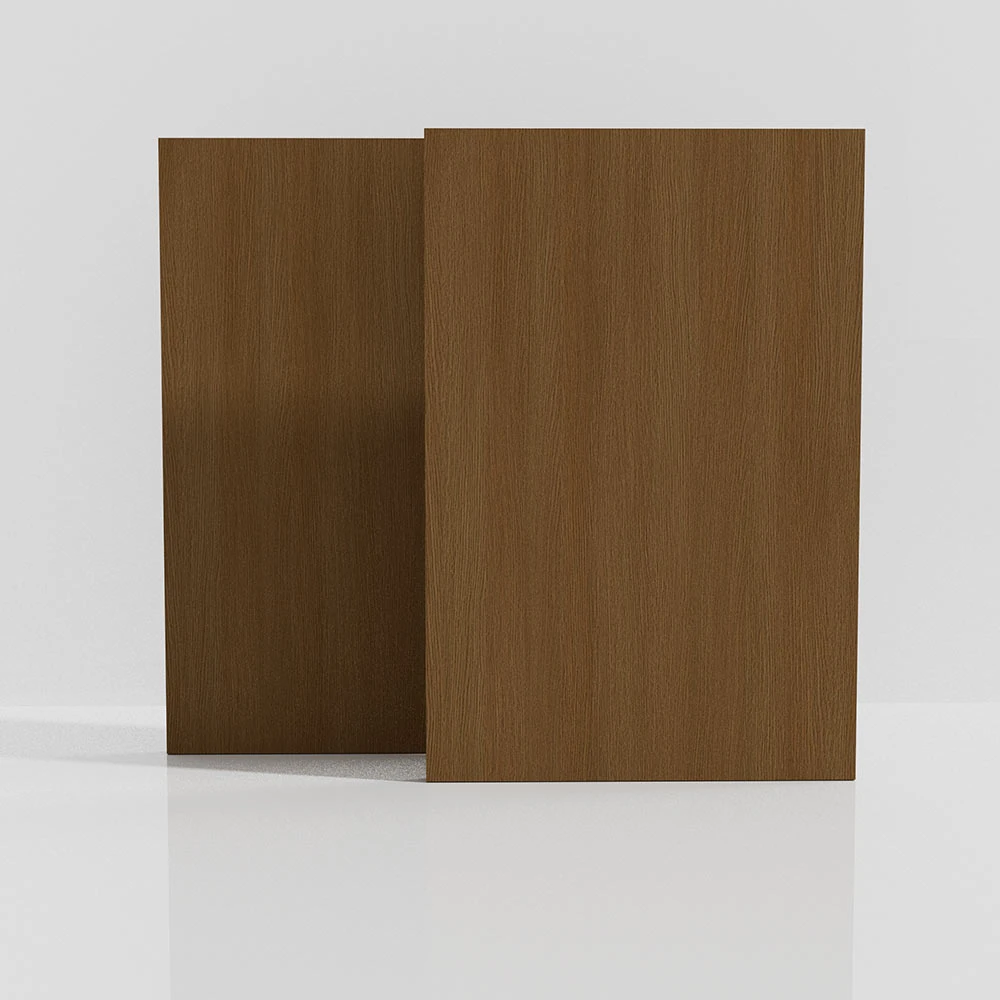In today’s interior design and furniture crafting world, the quest for elegance combined with sustainability has made wood veneer sheets for furniture a popular choice. These thin layers of natural wood are prized for their ability to deliver the authentic look of solid wood while minimizing material use and cost. Whether you are designing bespoke furniture, refurbishing tabletops, or adding warmth to walls and beams, wood veneer sheets offer unmatched versatility and style. This article explores how incorporating wood veneer sheets into various elements like table tops, walls, and beams can transform spaces with richness and sophistication.

Enhancing Durability and Aesthetics with Wood Veneer Sheets for Furniture
When selecting materials for fine furniture, wood veneer sheets for furniture stand out as both practical and visually appealing. Unlike solid wood, veneers allow for greater control over grain patterns, finishes, and species, enabling designers to achieve uniformity or artistic variation at a fraction of the weight and cost. Not only do these sheets reduce the chance of warping and cracking associated with solid timber, but they also help preserve precious hardwood resources. In residential or commercial settings, furniture crafted with quality veneer sheets exudes luxury without compromising environmental responsibility.
Transforming Surfaces through Wood Veneer Sheets for Table Tops
A table top is often the centerpiece of a room, demanding a surface that is both durable and beautiful. The application of wood veneer sheets for table tops achieves this balance by providing an attractive wood finish with enhanced resistance to damage. These sheets can be applied to MDF, plywood, or other substrates, significantly improving the visual appeal while maintaining cost-efficiency. Additionally, veneers allow for unique designs such as bookmatching, where symmetrical grain patterns create eye-catching aesthetics rarely possible with solid wood. Thanks to modern finishing techniques, these veneer-covered surfaces also offer easy maintenance and longevity.
Adding Warmth and Texture Using Wood Veneer Sheets for Walls
Walls are no longer just structural elements; they are canvases for artistic and tactile expression. Applying wood veneer sheets for walls introduces warmth, texture, and natural elegance to interior spaces without the bulk and expense of solid wood paneling. Veneer sheets provide the flexibility to cover large surfaces quickly and can be finished with stains or paints to match any design scheme. For commercial spaces such as offices and hospitality venues, veneer-clad walls combine style with acoustical benefits, creating inviting environments that are functional and memorable.
Subtle Sophistication with Wood Veneer for Beams
Exposed beams add architectural character to interiors, and using wood veneer for beams can enhance this feature subtly but effectively. Veneer allows beams to maintain their structural strength while being clad in beautiful wood finishes that complement surrounding elements. This approach is particularly beneficial in modern construction where engineered beams need aesthetic enhancement to blend seamlessly with traditional or rustic décor. The ability to customize veneers for beams—whether through color, grain, or texture—ensures that each installation is unique and harmonizes with the room’s overall theme.
Creating Elegant Overhead Features with Wood Veneer for Ceiling Beams
Ceiling beams serve as both structural and decorative elements, and the addition of wood veneer for ceiling beams elevates these overhead features to a new level of elegance. Veneer application on ceiling beams not only reduces the use of heavy solid wood but also offers designers greater flexibility in achieving desired finishes and patterns. This lightweight solution makes installation easier and safer, especially in retrofit projects. Whether aiming for a sleek modern look or a more traditional style, wood veneers can be tailored to complement architectural details and lighting schemes, making ceiling beams standout features rather than afterthoughts.
What Makes Wood Veneer Sheets More Sustainable Than Solid Wood?
Wood veneer sheets use only a thin slice of high-quality timber, allowing manufacturers to maximize the yield from a single log. This approach conserves valuable hardwoods and reduces deforestation, contributing to eco-friendly building practices. Moreover, veneers can be applied to fast-growing and sustainable core materials, enhancing overall environmental benefits.
How Do Veneer Sheets Impact Furniture Weight and Durability?
Compared to solid wood furniture, veneer-covered pieces are generally lighter, making them easier to move and less taxing on structural supports. The engineered substrates beneath veneers often add dimensional stability, reducing the risks of warping and splitting, thus extending furniture lifespan.
Can Wood Veneer Sheets Be Customized for Unique Design Needs?
Absolutely. Veneers come in a wide variety of wood species, grain patterns, and finishes. Techniques such as bookmatching, quarter-slicing, and fuming allow artisans and designers to create one-of-a-kind surfaces tailored to specific aesthetic preferences.
Wood Veneer Sheets for Furniture FAQs
Q: Are wood veneer sheets for furniture as durable as solid wood?
A: Veneer sheets, when properly applied to sturdy substrates and finished correctly, provide excellent durability comparable to solid wood for most applications, while offering advantages in stability and weight.
Q: How does the price of wood veneer sheets for table tops compare to solid wood?
A: Veneers generally offer a cost-effective alternative, allowing for the look of expensive hardwoods at a fraction of the price due to the efficient use of raw materials.
Q: Can wood veneer sheets for walls be installed over existing surfaces?
A: Yes, veneer sheets can often be applied directly over drywall or plywood, making them an ideal choice for renovations and upgrades without extensive demolition.
Q: What maintenance do wood veneer for beams require?
A: Veneered beams require similar maintenance to finished wood surfaces, such as periodic cleaning and occasional refinishing, depending on exposure and use.
Q: Are wood veneer for ceiling beams suitable for high-moisture areas?
A: With appropriate sealants and finishes, veneer-clad ceiling beams can be used in areas with moderate humidity, but high-moisture environments should be assessed carefully to prevent damage.



